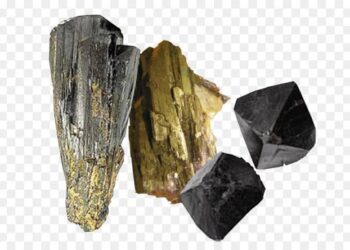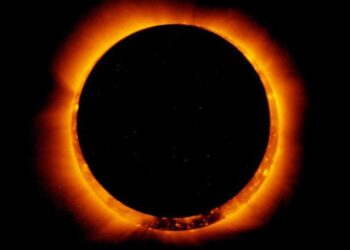
By Science & Faith Desk
A recent archaeological study may have uncovered the scientific explanation behind the biblical destruction of Sodom and Gomorrah — one that aligns remarkably with the dramatic accounts described in ancient scripture.
Researchers working at the site of Tall al-Hammam, a location in modern-day Jordan believed by many scholars to be the biblical city of Sodom, have concluded that a massive airburst from a space rock may have caused the catastrophic event recorded in Genesis.
According to a report published in Nature Scientific Reports, evidence points to a cosmic explosion — similar to the Tunguska event in Siberia in 1908 — as the destructive force behind the city’s sudden obliteration. The explosion, which would have occurred thousands of years ago, is believed to have produced temperatures reaching 2,000 degrees Celsius, hot enough to melt mudbrick walls, turn pottery into glass, and incinerate everything in the vicinity.
Over 15 years of excavation at the site revealed layers of charcoal, ash, melted bricks, and shattered pottery — telltale signs of extreme, instantaneous heat. These artifacts have since been shipped to laboratories in the United States, Canada, and the Czech Republic for further analysis.
Researchers employed the Online Impact Calculator, a digital tool that helps model asteroid impacts, to estimate the explosion’s scale. Their findings suggest the blast was comparable to the Tunguska airburst, which flattened over 80 million trees across 2,000 square kilometers of forest.
The destructive force that wiped out Tall al-Hammam would have been perceived by ancient witnesses as fire raining from the heavens — eerily similar to biblical descriptions of divine wrath. In the Bible, Sodom and Gomorrah were destroyed by “fire and brimstone” as punishment for their iniquity and failure to repent.
While theological interpretations remain matters of faith, scientists behind the discovery argue that natural phenomena, not divine punishment, were likely to blame for the destruction. At the time, no human technology existed that could produce such intense heat, strengthening the case for a celestial origin.
This extraordinary convergence of science and scripture is fueling renewed debate over ancient texts and their connections to real-world events — and is providing modern insight into the devastating power of asteroid airbursts that have shaped human history.











